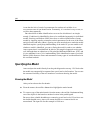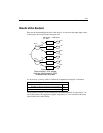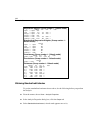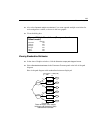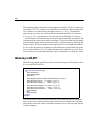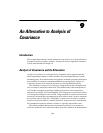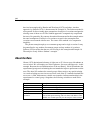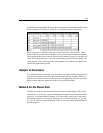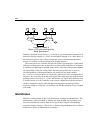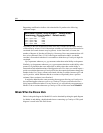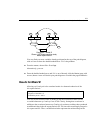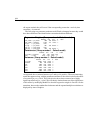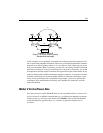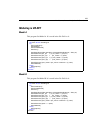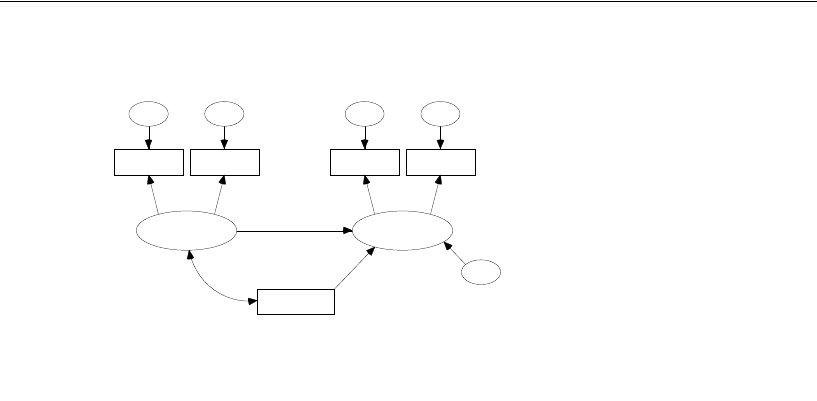
148
Example 9
Similarly, the model asserts that post_syn and post_opp are imperfect measures of an
unobserved ability called post_verbal, which might be thought of as verbal ability at
the time of the posttest. Eps3 and eps4 represent errors of measurement and other
sources of variation not shown elsewhere in the path diagram.
The model shows two variables that may be useful in accounting for verbal ability
at the time of the posttest. One such predictor is verbal ability at the time of the pretest.
It would not be surprising to find that verbal ability at the time of the posttest depends
on verbal ability at the time of the pretest. Because past performance is often an
excellent predictor of future performance, the model uses the latent variable
pre_verbal as a covariate. However, our primary interest lies in the second predictor,
treatment. We are mostly interested in the regression weight associated with the arrow
pointing from treatment to post_verbal, and whether it is significantly different from
0. In other words, we will eventually want to know whether the model shown above
could be accepted as correct under the additional hypothesis that that particular
regression weight is 0. But first, we had better ask whether Model A can be accepted
as it stands.
Identification
The units of measurement of the seven unobserved variables are indeterminate. This
indeterminacy can be remedied by finding one single-headed arrow pointing away
from each unobserved variable in the above figure, and fixing the corresponding
regression weight to unity (1). The seven
1’s shown in the path diagram above indicate
a satisfactory choice of identification constraints.
pre_verbal
pre_syn
eps1
1
1
pre_opp
eps2
1
post_verbal
post_syn
eps3
post_opp
eps4
1
1 1
treatment
zeta
1
Example 9: Model A
Olsson (1973) test coaching study
Model Specification



